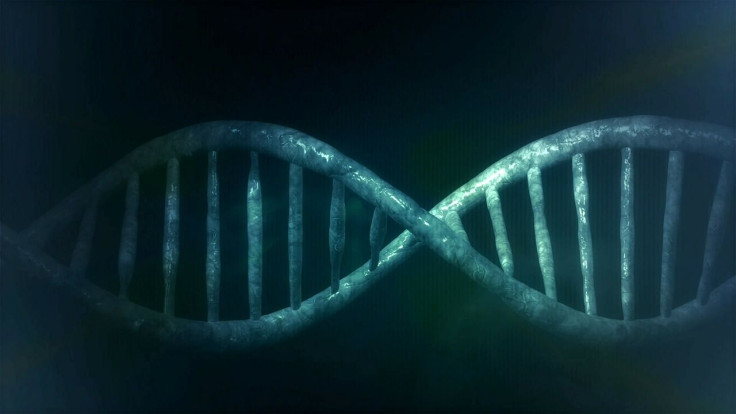Epigenetics Technique May Predict Male Sexuality; But 'Gay Gene' Research Could Be Too Much Too Soon

Is sexuality something we are born with, or do we develop it over time? A recent twin study presented Thursday at the American Society of Human Genetics annual meeting in Maryland has not only suggested it may be a bit of both, but also claims that looking at a man’s genetic makeup can predict his sexual orientation with 70 percent accuracy. Such an emphatic claim, according to some experts, may actually be premature.
What makes you, you? This question has haunted us since we first developed a sense of self-awareness, but thus far science has been unable to provide an accurate explanation. In the early 1990s, researchers began to look to our genes for the origins of sexual orientation, and a 1993 study published in Science provided exciting evidence for the existence of a “gay gene.” Over two decades later, we are no closer to finding this elusive gene, and more recent twin studies, in which one twin identified as homosexual, suggested that sexual orientation cannot be restricted to only a genetic combination.
Working off this idea, Dr. Tuck Ngun and his team at UCLA investigated how epigenetic changes, genetic differences caused not by nature but rather by environmental and lifestyle choices, affect sexual orientation. The team looked specifically at DNA methylation — a molecular modification to DNA that affects when and how strongly a gene is expressed. According to the press release, although identical twins have the same genetic sequences, environmental factors can lead to differences in how their DNA is methylated.
For the study, Ngun took DNA from saliva samples from 37 male twin pairs; each pair comprised of one homosexual and one heterosexual sibling. These twins were then compared to 10 twin pairs where both twins were homosexual.
Ngo told Medical Daily in an email that the team attempted to account for lifestyle differences among the volunteers when analyzing methylated differences. “We tried to account for as much of those factors as possible,” Ngo wrote. “We explicitly controlled for age and smoking (all subjects did not smoke). While we didn't explicitly control for these, none of our subjects were heavy smokers or drinkers.
However, trying to find a specific gene similar within all the participants proved to be harder than the researchers expected.
"The high correlation and large data set made it difficult to identify differences between twins, determine which ones were relevant to sexual orientation, and determine which of those be used predictively," Ngun explained in a recent statement.
In order to make the task simpler, the team created an algorithm called FuzzyForest, to analyze the vast amount of data. Dr. Christopher Gregg, an assistant professor of neurobiology, anatomy, and human genetics at the University of Utah, who was not affiliated with the study, described the FuzzyForest tool to Genetic Expert News Services (GENe) as “a random forest classification approach, which is a powerful machine learning method that can produce very accurate predictions from complex datasets.”
Results revealed that the researchers could use methylation patterns in nine small regions scattered across the genome to predict the study participants’ sexual orientation with 70 percent accuracy. Ngun explained that while previous studies had identified broader regions of chromosomes that were involved in sexual orientation, his research was able to narrow these areas down to their base pair level.
Although it’s clear that Ngun and his team were able to find distinct methylation differences among the identical twins, at this point it’s still unclear what exactly caused these differences, experts say. “Differences in epigenetic marks could arise as a consequence of the unknown biological factors that cause heterosexual versus homosexual behaviors, or due to lifestyle differences,” Gregg said.
Dr. Peng Jin, a professor of Human Genetics at Emory University in Georgia also shared his skepticism with GENeS, stating: “At best, the authors could only claim the potential association, but not predicting power.”
Ultimately, the accuracy of the study lays in its ability to be reproduced on a larger scale, and the team has already begun to test its algorithm on a more general population of men. However, for now, the results serve as an interesting addition the the “nature over nurture” argument, and may serve as the initial stepping stone for research into how our epigenetic changes caused by our environment can have significant effects on human behavior.
Source: Ngun T, et al. A novel predictive model of sexual orientation using epigenetic markers. Presented at American Society of Human Genetics 2015 Annual Meeting. Baltimore, Md.



























